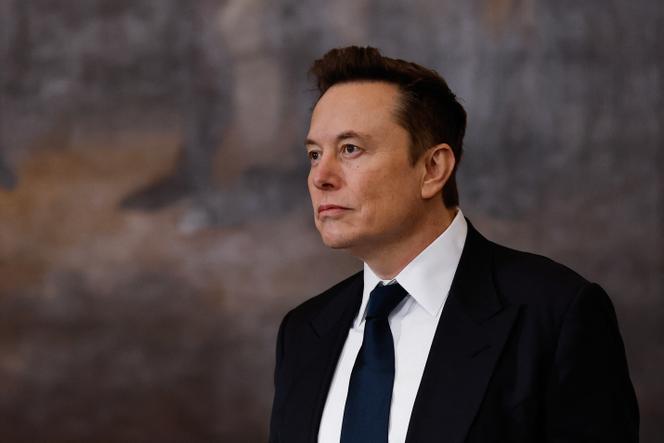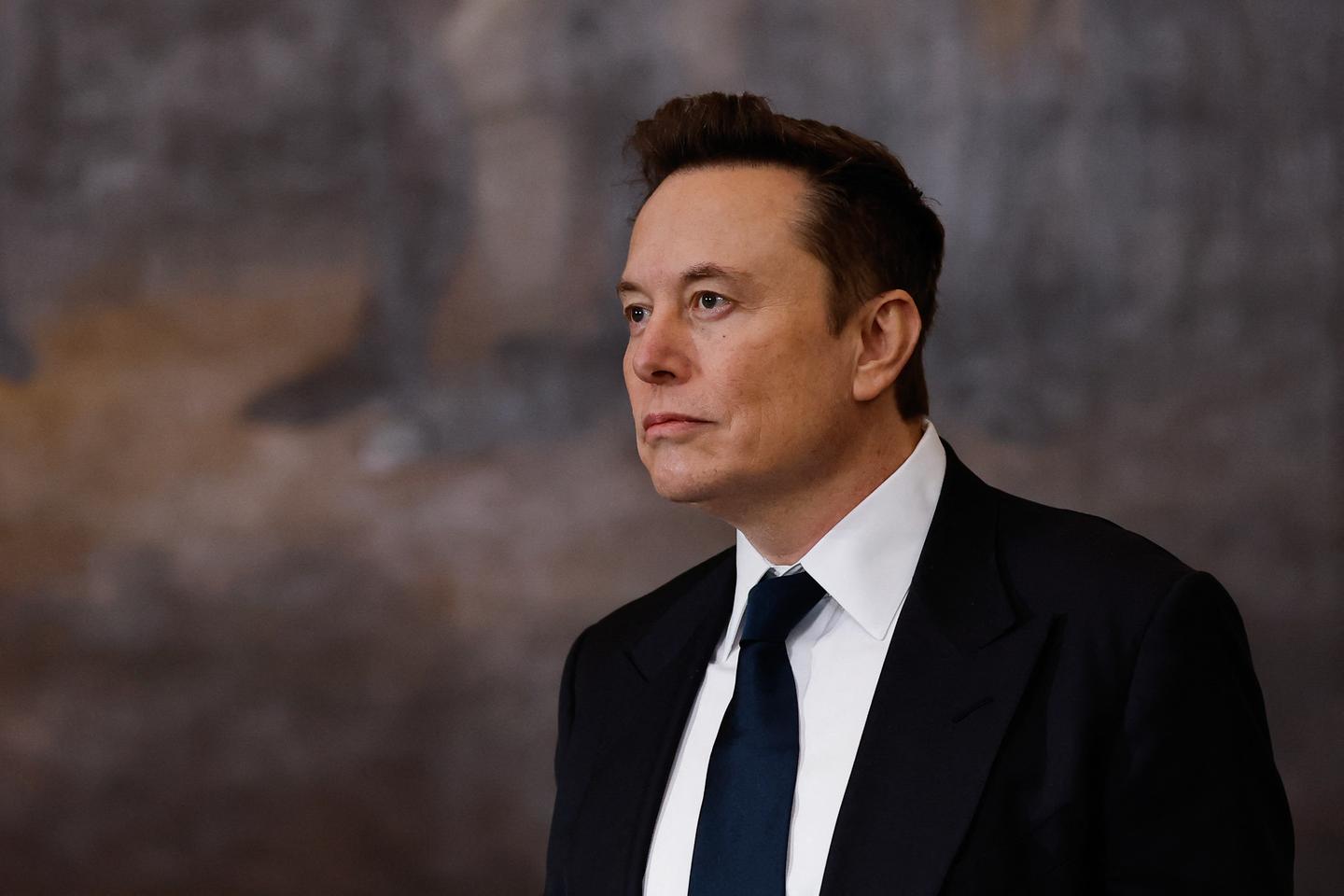 Elon Musk, CEO of Tesla, in January 2025. CHIP SOMODEVILLA / AFP
Elon Musk, CEO of Tesla, in January 2025. CHIP SOMODEVILLA / AFP
One trillion dollars. That’s “1” followed by 12 zeros. This ethereal figure, beyond the grasp of most people, has become the new benchmark for stock market valuations on Wall Street and the standard measure of today’s wealth concentration. Large companies, fueled by the promise or illusion of artificial intelligence, have crossed this threshold one after another. Moreover, Nvidia, the semiconductor company, is nearing $5 trillion – about one and a half times the GDP of France.
And now, one man is poised to join this trillion-dollar club: On November 6, Tesla shareholders approved granting CEO Elon Musk this amount in stock compensation over five years, contingent on performance.
One trillion dollars. This order of magnitude appeared for the first time in Le Monde on October 14, 1952. What is now the fortune of a single individual was then, according to Robert Escarpit, the total value of human life. In his daily column, “La vie chère” (“The High Cost of Living”), he reported that the International Civil Aviation Organization had just estimated the insurance value of a human life in the event of an accident. “Human flesh has its price,” he wrote. “If some modern Moloch wishes to devour all of humanity, roasted or fricasseed, he will know it costs one trillion dollars for such a feast.”
You have 78.15% of this article left to read. The rest is for subscribers only.

